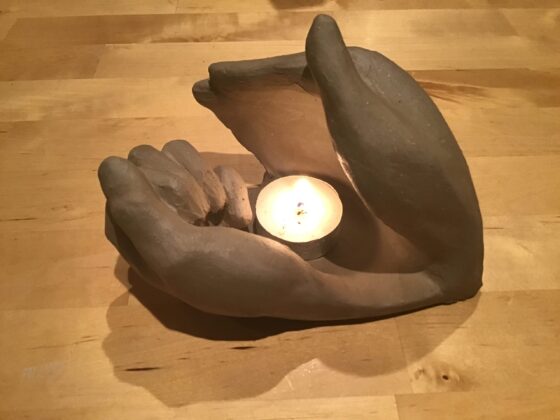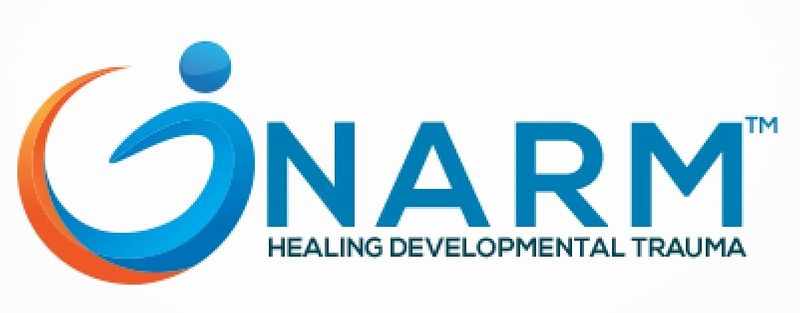Body-Mind Therapy
Somatic Experience &
NARM Therapy
(Neuro-Affective Relational Model)
“Our greatest desire is to feel alive.
It is the experience of being in connection that fulfills the longing to feel fully alive.
An impaired capacity for connection to self and others, and the ensuing diminished aliveness, are the hidden dimensions that underlie most psychological and many physiological problems.“The spontaneous movement in all of us is toward connection and health. No matter how withdrawn and isolating we have become, or how serious the trauma we have experienced, on the deepest level, just as a plant spontaneously moves towards the sun, there is in each of us an impulse moving toward connection.”
LAUREN HELLER
Our biological condition and specifically the state of our Nervous System has a very significant impact in the way we perceive and experience reality, feel about ourselves influencing the nature of our relationship with ourselves, others as well as choices in our life. The regulation of our Nervous System is the very foundation on which our sense of wellbeing is being built.
For a long time, many of the psychotherapeutic models that have been used have been heavily based on verbal and cognitive interventions. Over time, we have found that many of our most challenging patterns of behaviour are very resistant to good advice, cognitive understanding and simple awareness of where the issues come from.
Some of the most recent research in neuroscience and psychotherapy (Bessel van der Kolk) have shown that cognitive and verbal processes have a very secondary relevance in the restoration of the health and wellbeing of the individuals.
Gendlin and Zimring, at the same time, after examining many transcriptions of many different therapeutic models found that the therapies with more success were the ones that were related with the client’s ability to feel, name and identify their somatic experiences ( “felt sense”) that were experienced inside.

SE (Somatic Experiencing) and NARM are body based therapies that work with the impact of shock, specific traumatic events and the experience of a persistent sense of threat and stress in our environment.
SE (Somatic Experiencing), the groundbreaking work of Dr Peter Levine, is based on his decades of research into the effects of trauma on animals and human beings. It’s a step-by-step approach designed to treat shock trauma and the resulting nervous system disregulation, by supporting biological completion and discharge of the intense survival energies of the body’s fight-flight responses.
SE is one of the most widespread forms of body-based therapy in the world, due to its unparalleled efficiency in helping people to come out of trauma-based symptoms and long-term suffering.
NARM focuses on developmental (childhood) trauma and combines the SE-based understanding of working with the nervous system with a very sophisticated psychotherapeutic approach.
NARM focuses on addressing the often life-long effects of childhood attachments, adaptations, and wounding, whilst examining the resulting harmful emotions and beliefs about ourselves and others in a gentle and respectful, but extremely powerful way. The work is centered not so much on the past but in the here and now, on how these past helpful adaptations at the time, but old identifications today, are getting in the way of the natural expression of our LIFE FORCE. As a consequence of this approach, clients report feeling less burdened by the past, freer within themselves and connected to their authentic selves.
Both forms of therapy complement each other, focus on the now and trust the inherent wisdom of our body to build resilience, restore well being and build new capacities.
Clients usually experience a release of trapped energy and expansion in the body, a change of perspective; increased vitality, enjoyment, authenticity together with more resilience and ability to bounce back and make healthy choices in the challenges of life.

MORE ABOUT SE
Somatic Experiencing® is a body-based approach that supports individuals to release stress and trauma by listening to their bodies. Somatic means ‘of the body ‘and in this modality, refers broadly to the study, practice and guidance towards embodiment, trauma resolution and nervous system resiliency.
It is a gentle intervention that does not reactivate trauma by retelling or reliving the story. Trauma may be an acute shock trauma, a specific event such as an accident, medical or surgical trauma, an ongoing build-up of traumatic stress, or developmental trauma from adverse childhood experiences. Trauma is simply anything that is too much, too soon or too fast or our systems to manage at that time.
A healthy nervous system naturally and rhythmically moves between action and mobilisation, and rest and settling, in a process of self-regulation. It’s when we are stressed, overwhelmed or traumatised that we lose our capacity to regulate in this way and move between these two states.
In Somatic Experiencing, we are interested in how the imprints of trauma are held as survival energy in the body (fight, flight or freeze responses) and can be gently discharged with awareness. This is based on the pioneering work of Peter Levine who noticed how animals in the wild responded to threat and naturally discharged survival energy from their bodies by shaking and releasing. He has developed a range of movement, touch, breath and awareness techniques to support individuals to tap into these natural physiological processes.
In this method we slowly ‘track’ together the cycles of arousal and “de-arousal” in your nervous system. This can support physical shifts in the body by gently following sensations until completion. These shifts may include yawning, sighing, tingling in the limbs, hands or feet, changes in breath rate and size, softening, a sense of weight or heaviness in the muscles.
Through this process, we can help to re-establish the natural rhythms of regulation in your autonomic nervous system and build your overall capacity and resilience. From a place of awareness, we naturally have a deeper connection with our innate sense of aliveness, vitality and ease.

WHAT IS NARM?
The NeuroAffective Relational Model(NARM) is an advanced clinical training for mental health professionals who work with complex trauma. NARM is a cutting-edge model for addressing attachment, relational and developmental trauma, by working with the attachment patterns that cause life-long psychobiological symptoms and interpersonal difficulties.
These early, unconscious patterns of disconnection deeply affect our identity, emotions, physiology, behavior and relationships. Learning how to work
simultaneously with these diverse elements is a radical shift that has profound clinical implications for healing complex trauma. As such, NARM is positioned to become an invaluable treatment option for the Trauma-Informed Care movement as we gain a greater understanding of the nature of adverse childhood experience (ACEs).